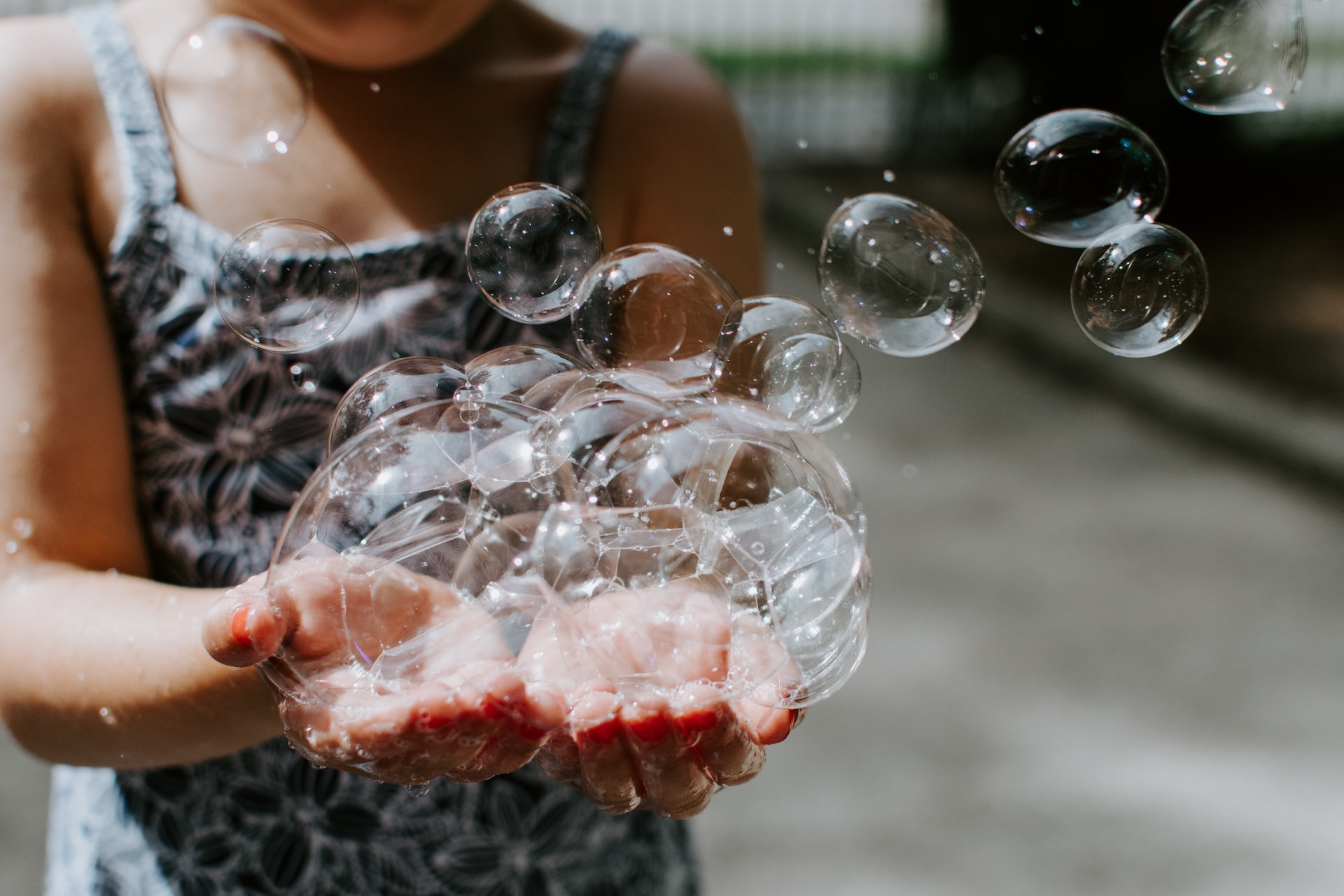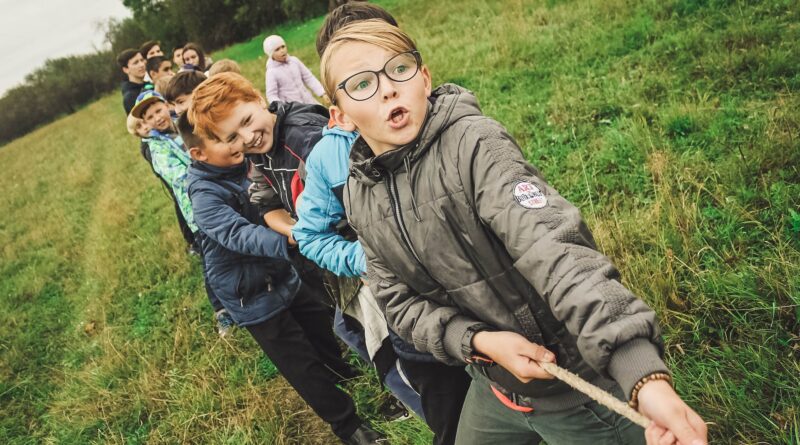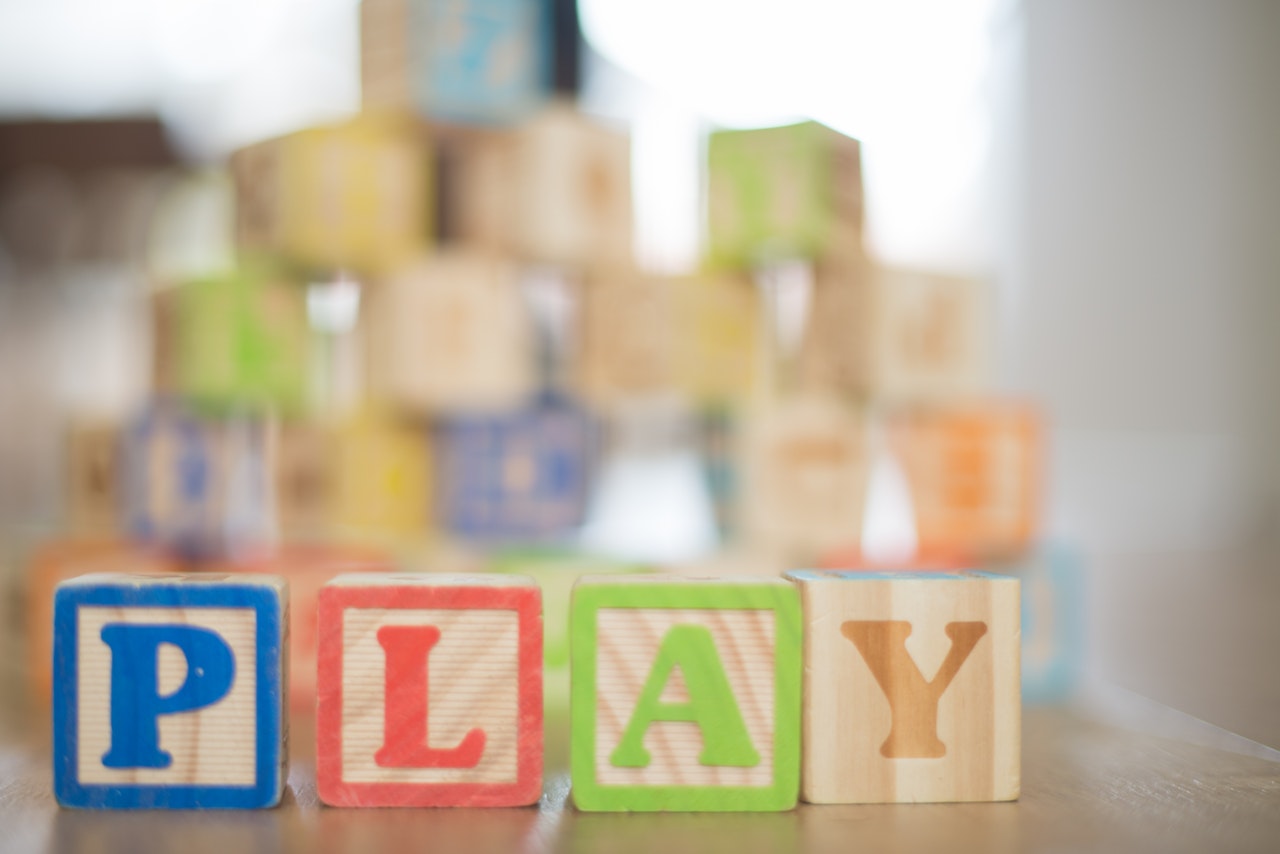Cultivating Future Geniuses: Essential Traits to Foster in Your Little Einsteins
Raising children can be like painting on an empty canvas – each virtue and habit we add adds another hue of beauty and strength to their individual personalities. But which colors should we be employing when raising our little artists? Glad you asked!
Empathy: the Foundation of Our Personality Palette
Empathy, or the capacity to understand and share others’ emotions, should be at the core of our children’s personality development – like painting a canvas! It provides the base coat needed for future projects. Empathy training helps children interact with the world more constructively and compassionately. Empathy encourages children to consider the feelings of others, share, care for one another and be good human beings in general. Furthermore, this trait sets them up for success in an increasingly interconnected global society. Let’s all work towards cultivating empathy – an essential foundational trait.
Brush Strokes of Empathy: Teaching Techniques
Empathy teaching doesn’t have to be daunting or require a degree in child psychology – think of yourself as a mirror! Children learn by watching adults model empathy through their actions. Make sure that children can see it too! If they witness you lending a helping hand to others, they will want to join. Next, facilitate discussions regarding their feelings. Recognizing and talking about feelings helps children understand them more fully. Whether that means discussing why Dora looks sad in a cartoon, or discussing their sibling’s disappointment when something breaks, and encouraging perspective taking by acknowledging and discussing feelings together. Lastly, emphasize this knowledge for perspective-taking purposes.Let your children try on another person’s shoes every now and then (figuratively). A simple way of doing this would be asking questions like, “How did grandma feel when she saw your beautiful drawing?” Remember that empathy takes time and practice to fully integrate itself into a child’s personality palette.
Curiosity as Fuel for Intellectual Development
Next on our vibrant palette comes curiosity – think of it as life-affirming or creative energy; something which fosters intellectual progress. Encourage curiosity in young children is like giving them access to an endless source of knowledge – it opens doors that may never have otherwise opened themselves! Every great scientist, mathematician, and philosopher was once just curious like your little Einstein is now! To foster that curiosity further, offer open-ended questions aimed at building curiosity. Questions that begin with “what if”, “how can” or “why do” are an ideal way to spark creative and innovative thinking. Create an environment in which questions are celebrated instead of answers as this fosters curiosity for discovery. Encourage your kids to explore, experiment and even fail; the road to discovery often lies along this route of failure. Remember that curiosity doesn’t involve having all of the answers but rather in seeking new knowledge – something which, when added to their personality palettes will ensure they never find themselves bored but instead always on an educational journey!
Fostering Curiosity in Children
Nurturing curiosity in children is like freeing a captive bird; their minds can soar freely, exploring new ideas and concepts with an insatiable thirst for knowledge. Here’s how you can nurture it:
- Establish an Engaging Environment: Create an atmosphere that fosters their imagination. Encourage them to interact with nature, books and interactive learning tools – environments which stimulate senses foster curiosity!
- Encourage Queries: Acknowledging your child’s curiosity should not be seen as silly or strange; encourage him or her to seek understanding rather than certainty in life. Let them know it’s okay not knowing all the answers but important that understanding can be found.
- Be a Curious Role Model: Children often reflect the behaviors and interests of adults around them. Show your curiosity for life, ask questions, and participate in discovery alongside your child; this demonstrates that learning is an ongoing journey.
- Support Their Interests: No matter if it be dinosaurs, stars, or butterflies – whatever it may be – support and encourage their interests by visiting museums, reading books or watching documentaries related to what interests them most in order to expand their curiosity and feed it!
- Fail Forward: Help them recognize that failure is part of the learning process and remind them that life is about discovering lessons from mistakes and moving forward with life.
Keep this in mind: curiosity does not simply absorb information; rather, it queries, probes, and analyzes it. By encouraging our children’s curiosity early on, we give them an insatiable appetite for learning that will continue their entire lives.

Resilience: The Power to Bounce Back
Resilience is our go-to defense mechanism against life’s inevitable difficulties. Resilience enables us to overcome setbacks, adapt, and keep moving forward despite setbacks – an invaluable trait we should instil in our young ones. But how can we achieve this?
- Foster Emotional Intelligence: Help your children recognize, understand and express their emotions. Emotional intelligence serves as the cornerstone of resilience by equipping them to face life’s ups and downs with confidence.
- Promoting Problem-Solving Skills: Encourage your children to develop problem-solving strategies themselves instead of turning to you for assistance every time there’s an issue – this builds both self-efficacy and resilience in them.
- Model Resilience: Demonstrate what resilience looks like by sharing personal accounts of overcoming obstacles, which helps children understand that even adults experience difficulty but manage to overcome them and move on with life.
- Teaching Perspective: Instill in your children an attitude of viewing challenges as opportunities rather than problems; this mindset shift can greatly strengthen their resilience.
- Encourage Healthy Risk-Taking: Allow children of appropriate ages to take healthy risks; this could include trying a new sport or solving a difficult puzzle, for instance. Doing this helps build their confidence and resilience.
Resilient children are like bamboo stalks: flexible yet strong and unaffected by any storm that might threaten them. By encouraging resilience in our children, we equip them to face life’s inevitable storms with confidence and strength.
Patience: the Art of Waiting Gracefully
Patience is often undervalued among childhood virtues. It teaches children the value and understanding that good things come to those who wait – noting Rome wasn’t built overnight even though your child might think otherwise! Teaching patience helps children deal with frustration and delays that will unavoidably occur throughout their lives – here is how we can cultivate this virtue:
- Model Patience: Be an example to your children by modeling patience when driving in traffic jams; instead of becoming incensed at being forced to wait in long queues, try taking a deep breath and accepting the situation with calm acceptance – they’re always watching!
- Make Waiting Games: Turn moments of delay into games! Is the Wi-Fi acting up? Perhaps a quick game of I Spy can keep your attention while the page loads?
- Teach Delayed Gratification: Start small rewards like extra bedtime stories when your child finishes eating their dinner without making a fuss, in order to teach delayed gratification and show them that patience usually leads to better outcomes. This way, your children will begin understanding that patience often pays off!
- Encourage Mindfulness: Teach them how to appreciate the present moment instead of dwelling on where their journey leads them; rather than looking forward, let them appreciate each step along their journey.
Establishing patience in children is like planting a seed that needs time to sprout – it might test your patience, but the end result will make the wait worthwhile. After all, great things take time – including raising children.
Responsibility Is a Cornerstone of Maturity
Responsibility, like its namesake sequoia tree, stands as the cornerstone of maturity. Understanding that every action, no matter how small, has consequences is essential in terms of personal accountability; teaching children this virtue may seem impossible at first; with persistence however, success will come. Here’s a roadmap towards the impossible:
- Begin Small: Start them small with tasks like tidying their room or feeding the family pet – giving them small tasks to build responsibility.
- Let Them Face Consequences: Don’t rescue them immediately when they forget their homework – experiencing consequences first hand can serve as a powerful teacher.
- Praise Their Effort and Assume Responsibility: When your children take initiative and assume responsibility, show your appreciation by lavishing them with praise – that will motivate them to continue taking part.
- Be a Role Model: Just like replicating Halloween pumpkin carving techniques, so kids also go with what they see infront of them as what is right. Use this monkey-see, monkey-do notion to be a role model for you kids.
- Use Responsibility Worksheet: Using a responsibility worksheet as an idea-generating tool will help students generate ideas on completing tasks, managing time effectively and developing work ethics – three fundamental tenets of being an outstanding student.
Gratitude Is Key to Joy
Happiness’ unsung hero, gratitude is often overlooked but can make all the difference in one’s life. Teaching gratitude to children may take longer, but its effects are rewarding to observe! Below we reveal our proven recipe to foster gratitude in children:
- Create a Gratitude Journal: Encourage your children to record three things they’re thankful for each day in a gratitude journal – like keeping a diary of joy! Lead By Example: Show them that every cloud has a silver lining, and how to find it; parents are great examples of inspiring gratitude in kids.
- Help Others Together: Helping others can open your child’s eyes to all the blessings in their lives; like looking in a mirror! Say Thank You: Teach them how to express thanks for both big and small acts; it’s like teaching them the language of happiness!
- Gratitude Jar: Introduce a gratitude jar so your students can drop notes of thanks into it and collect coins of joy – before long, their jar will be full!
Steps towards living a happy and contented life will become as clear as a summer day. Gratitude doesn’t just involve being thankful; it involves changing how children view the world. Once they realize there’s good in all they encounter, life becomes full of celebration and contentment!

Conclusion
So there you have it – your beginner’s guide to parenting prodigies! Keep in mind that parenting success does not happen overnight; patience and perseverance are the hallmarks of good parenting practices. Keep watering your seeds regularly until they flower into beautiful, unique blooms in no time at all.



